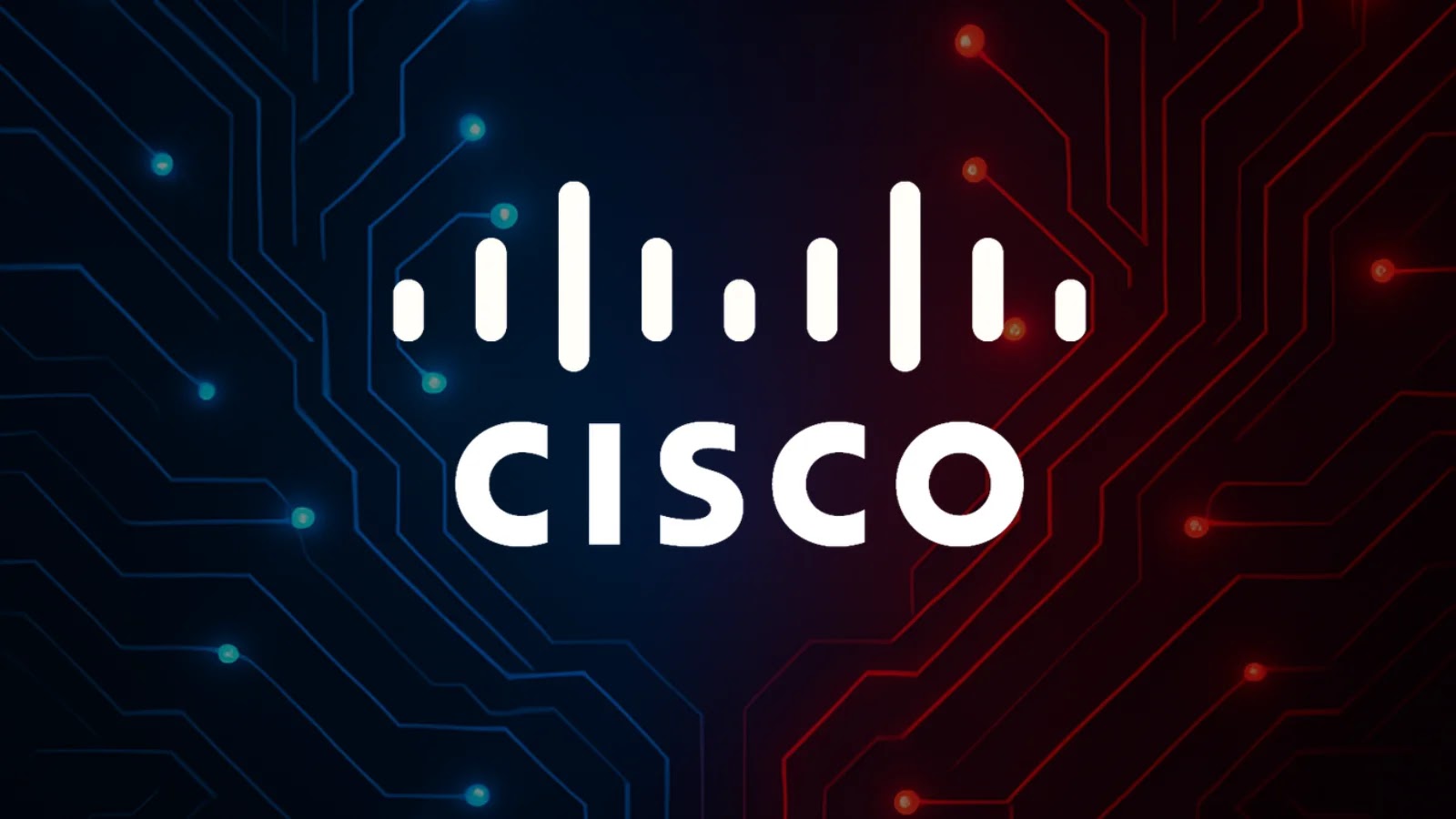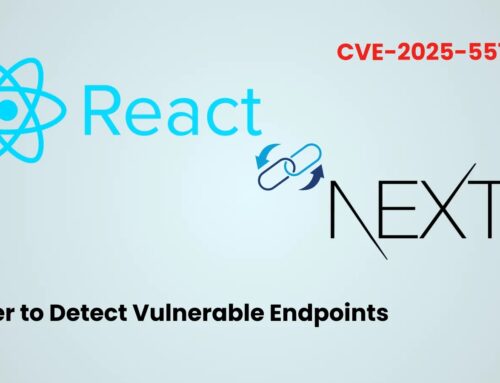
Multiple vulnerabilities in Cisco Unified CCX Allow Attackers to Execute Arbitrary Commands
Cisco has recently issued critical security advisories concerning multiple vulnerabilities within its Unified Contact Center Express (Unified CCX) solution. These flaws, if exploited, could grant unauthenticated attackers the ability to execute arbitrary commands with root privileges and bypass authentication safeguards. This comprehensive analysis delves into the technical specifics of these vulnerabilities, their potential impact, and crucial remediation steps for organizations utilizing Cisco Unified CCX.
Understanding Cisco Unified CCX and Its Role
Cisco Unified Contact Center Express (Unified CCX) is a robust and sophisticated contact center solution designed for small to medium-sized businesses and departmental deployments within larger enterprises. It provides comprehensive customer interaction management, including intelligent routing, call queuing, self-service options, and reporting capabilities. Due to its central role in customer communications and service delivery, the security of Unified CCX is paramount. Compromises can lead to significant operational disruptions, data breaches, and reputational damage.
Dissecting the Critical Vulnerabilities
The recent security updates address two critical vulnerabilities, identified as CVE-2025-20354 and CVE-2025-20358. Both pose significant risks due to their potential for unauthenticated arbitrary command execution and privilege escalation.
CVE-2025-20354: Remote Code Execution via Java RMI
This vulnerability resides within the Java Remote Method Invocation (RMI) process of Cisco Unified CCX. RMI is a Java API that enables objects running in one Java Virtual Machine (JVM) to invoke methods on an object running in another JVM, typically across different hosts. A critical flaw in its implementation within Unified CCX can be leveraged by unauthenticated attackers. By sending specially crafted RMI requests, an attacker could trigger arbitrary code execution with root privileges on the affected system. This effectively hands over complete control of the Unified CCX instance to the attacker.
CVE-2025-20358: Authentication Bypass in CCX Editor Application
The second critical vulnerability, CVE-2025-20358, affects the CCX Editor application. The CCX Editor is a crucial component used for designing and managing call flows and scripts within Unified CCX. This flaw allows an unauthenticated attacker to bypass authentication mechanisms, gaining unauthorized access to the application. Once authenticated, an attacker could potentially manipulate call flows, redirect calls, access sensitive customer data, or further compromise the Unified CCX environment. The ability to bypass authentication is a severe issue, as it circumvents the primary security barrier.
Potential Impact of Exploitation
The exploitation of these vulnerabilities carries a high potential impact for organizations. Successful attacks could lead to:
- Complete System Compromise: With root access, an attacker can fully control the Unified CCX server, installing malware, exfiltrating data, or destroying critical system files.
- Service Disruption: Attackers could shut down call center operations, leading to significant financial losses and damage to customer satisfaction.
- Data Breach: Sensitive customer information, including personally identifiable information (PII) and call history, could be accessed and exfiltrated.
- Reputational Damage: A compromised customer service system erodes trust and can severely damage an organization’s reputation.
- Further Network Penetration: A compromised Unified CCX server could serve as a pivot point for attackers to move laterally into other parts of an organization’s network.
Remediation Actions and Best Practices
Prompt action is critical to mitigate the risks posed by these Cisco Unified CCX vulnerabilities.
Immediate Action: Apply Security Updates
Cisco has released security updates to address these vulnerabilities. Organizations using Unified CCX must prioritize the installation of these patches. Refer to the official Cisco Security Advisories for specific version requirements and upgrade paths:
- Consult the Cisco security advisory for CVE-2025-20354 and CVE-2025-20358.
- Follow Cisco’s recommended upgrade procedures diligently to ensure a successful and secure update.
Ongoing Security Hygiene:
- Regular Patch Management: Establish and adhere to a robust patch management policy for all critical systems, including Unified CCX.
- Network Segmentation: Isolate Unified CCX deployments within a segmented network to limit the blast radius in case of a compromise.
- Strong Access Controls: Implement least privilege principles for all user accounts accessing Unified CCX.
- Monitoring and Logging: Implement comprehensive monitoring and logging solutions to detect anomalous activities on Unified CCX servers.
- Security Audits: Conduct regular security audits and penetration tests to identify potential weaknesses before they can be exploited.
Tools for Detection and Mitigation
While direct detection tools for these specific CVEs might be integrated into vulnerability scanners post-disclosure, a proactive security posture involves leveraging various tools.
| Tool Name | Purpose | Link |
|---|---|---|
| Nessus | Vulnerability Scanning & Assessment | https://www.tenable.com/products/nessus |
| OpenVAS | Open-Source Vulnerability Scanner | http://www.openvas.org/ |
| Wireshark | Network Protocol Analyzer (for traffic analysis) | https://www.wireshark.org/ |
| SIEM Solutions (e.g., Splunk, Elastic Stack) | Security Information and Event Management (Log Analysis & Alerting) | https://www.splunk.com/, https://www.elastic.co/elastic-stack/ |
| Cisco Security Advisories | Official Vulnerability Information & Patches | https://tools.cisco.com/security/center/publicationListing.x |
Conclusion
The discovery of critical vulnerabilities in Cisco Unified CCX underscores the continuous need for vigilance in cybersecurity. The ability for unauthenticated attackers to execute arbitrary commands with root privileges or bypass authentication mechanisms presents a severe threat that necessitates immediate attention. By promptly applying Cisco’s security updates, coupled with rigorous patch management, robust network segmentation, and proactive security monitoring, organizations can significantly reduce their exposure to these and future threats, ensuring the continued integrity and availability of their critical customer contact operations.





